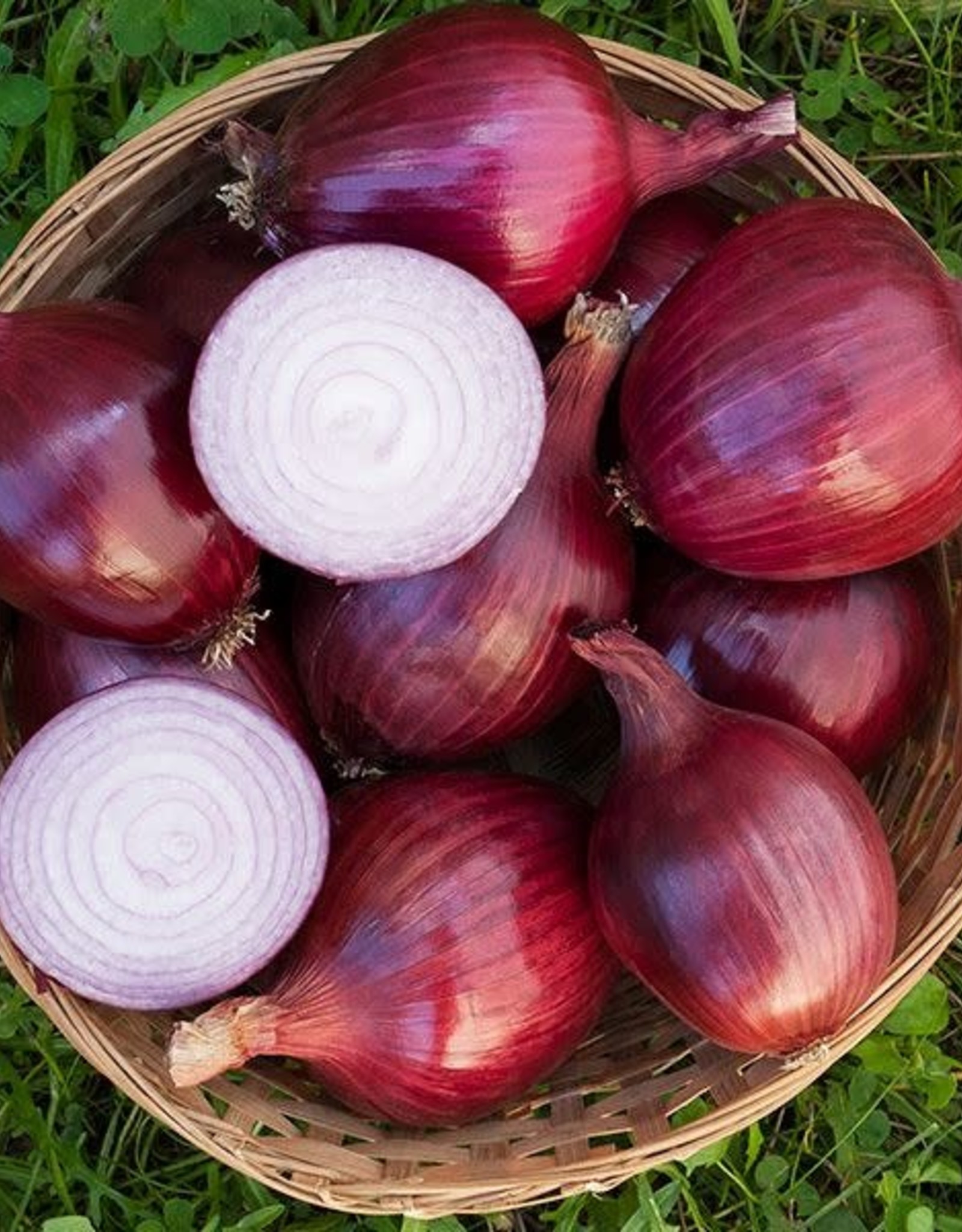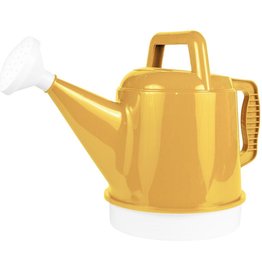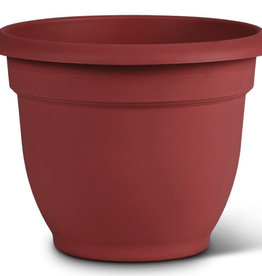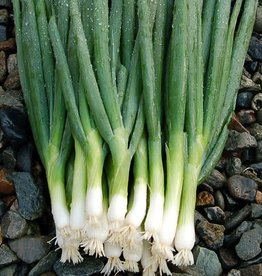Red Carpet Onion: 50 SEEDS
| Availability: | Out of stock |
Photo and Description Credit - High Mowing Seeds
Magnificent magenta interior rings make this an especially gorgeous red onion.
Tight bulbs that store extremely well, with the excellent color on the interior layers unique to our partners at Bejo Seeds. Red Carpet is 2-3 days earlier than Red Wing while maintaining 98% the same size, with a more rounded shoulder.
- Long day
- Great storage
- 3-4" bulbs
Disease Resistance Details
Intermediate Resistance: Pink Root
6-8M seeds/oz (7M avg.), 95-125M seeds/lb (105M avg.). M=1,000, MM=1,000,000
Seeding Rate
20 seeds/ft
Cultural Info
Onions (Allium cepa) are cool season biennials, members of the Amaryllidaceae family, which includes garlic, leeks, chives and scallions. Onions started from seed store better than sets, but mature later. Bulbing onions are dependent on day length for bulb production; short-day onions produce bulbs when they receive 11-12 hours of daylight, long-day onions need 14-16 hours (latitudes north of 35º), and moderate day onions like Walla Walla and Gladstone fall in between these.
Soil Nutrients and Requirements
Onions prefer soils rich in organic matter that are well-drained. Optimal pH is 6.2-6.8. They cannot tolerate acid soils, especially in early stages. 80 lbs/A nitrogen is recommended. Sidedress 4-5 weeks after planting. High levels of sulfur in the soil will increase pungency. Best results come from selecting a bed with the least weed pressure possible.
Seeding Depth
1/8-1/4”
Plant Spacing
Medium size onions 3-4”, for large onions 4-6”, for sweet onions 4”
Row Spacing
18-30”
When to Sow
Days to maturity are from direct seeding, subtract 1-2 weeks if transplanting. Direct seed onions as soon as soil can be worked or start transplants 10-12 weeks before planting date. Sow thickly in flats or 1” cells, in singles, doubles or triples. When seedlings reach 5” trim to 1” to increase girth. Transplanting is recommended for short growing seasons and sweet onions. Optimal soil temperature for germination is 75-85°F.
Other Considerations
Onions compete poorly with weeds. Cultivate regularly to control weed pressure.
Harvest
For fresh eating, onions can be harvested whenever they reach desired size. Storage onions can be harvested when tops dry up and flop over. Pull bulbs from ground and cure for 3-5 days in the field or bring into barn or greenhouse and cure for two weeks at 75-80°F and 80% relative humidity.
Storage
Cool slowly, and store at steady temperatures. Rapid cooling followed by a sudden warm period might break dormancy and cause onions to sprout. Optimal storage is at near freezing temperatures at 65-70% relative humidity.
Pest Info
- Onion Thrips thrive in hot dry weather and can be discouraged by heavy rain or overhead irrigation. Lacewing larvae, pirate bugs and predatory thrips are natural predators.
- Onion Maggots overwinter in the soil. They feed on the roots of young seedlings, causing wilting and sometimes seedling death. Crop rotation and beneficial nematodes can be helpful..
Disease Info
- Botrytis leaf blight (Botrytis squamosa) develops as small lesions surrounded by a silvery-white “halo” that grow and eventually extend through the wall of the leaf. Infection by the more common Botrytis cinerea (gray mold fungus) is distinguished by smaller lesions that do not have a “halo” and do not penetrate the leaf. Die-back begins at the leaf tip and can result in premature death of the leaf prior to bulb maturity. The fungus persists as sclerotia in the soil and on crop residues. Protectant fungicides are applied in advance when cool, wet conditions are expected.
- Downy Mildew (Peronospora destructor) thrives in extended periods of cool, humid weather. Plant in a well drained area, avoid overhead irrigation, orient rows with prevailing winds and rotate crops.
- Purple blotch (Alternaria porri and Alternaria alternata) appears as elongated purple lesions that turn silvery over time. Control measures are similar to those for botrytis blight and downy mildew. Yellow cooking onions are not as susceptible to purple blotch as are Spanish onions. Best prevention methods are to practice good sanitation -- never pile cull onions near onion fields -- and crop rotation with non-host plants.
- Damping off (Pythium/Rhizoctonia) – Avoid excessive moisture.
- White Rot (Sclerotium Cepivorum) – Destroy infected plants and rotate crops.





